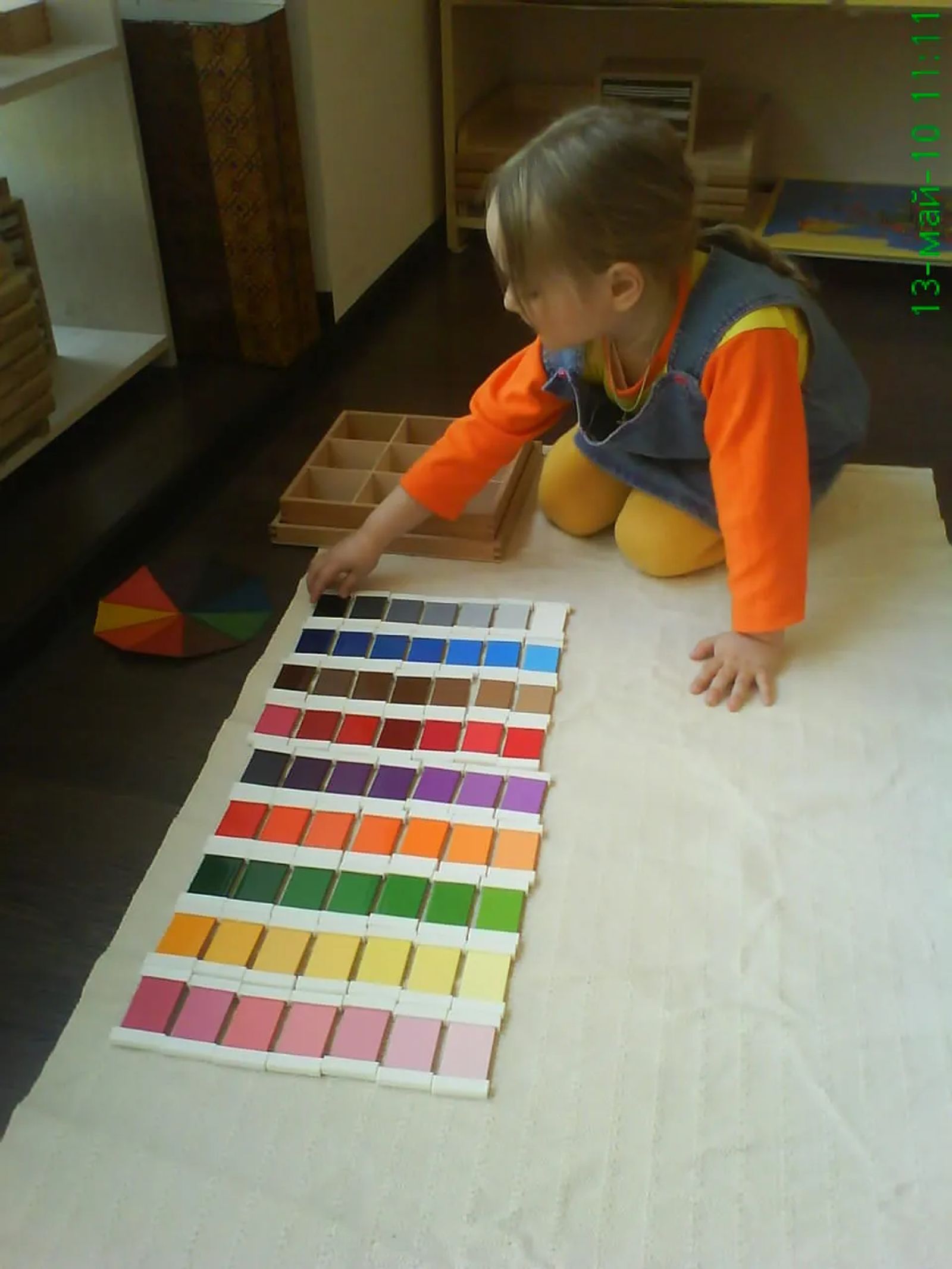The Ten Secrets of Montessori - #9 Normalization
"Actually the normal child is one who is precociously intelligent, who has learned to overcome himself and to live in peace, and who prefers a disciplined task to futile idleness. When we see a child in this light, we would more properly call his ‘conversion’ a ‘normalization.’"
-Maria Montessori
Maria Montessori uncovered secrets–ten to be exact. Lucky for us, Mary Ellen Maunz, M. Ed., founder and Program Director of Age of Montessori, is willing to share the treasure of information within these secrets, and to explain exactly what they can mean to you and your children. With these ten secrets, you will gain a rich understanding of the framework beneath the Montessori Method. Maria Montessori developed more than a revolutionary educational method; she discovered the true inner workings of the child’s mind. These ten secrets are based on her lifetime of observing children and recognizing what they really need to thrive.

Secret #9 - Normalization
So what exactly does Montessori mean by “normalization of a child”? Normalization is a calm and centered state of mind that children achieve through intense focus. Maria Montessori discovered that an inclination toward intense concentration and an ability to demonstrate quiet behavior is actually “normal” in young children.
 Normalization is a calm and centered state of mind that children achieve through intense focus.
Normalization is a calm and centered state of mind that children achieve through intense focus.

I know, I know, you’re thinking: not my child. And believe me, we all understand. Most of us think of young children as rambunctious, energetic, mess-making machines. The words “calm” and “toddler” just don’t seem to fit right together. And here’s a surprise: Maria Montessori thought the same thing; that is, until she put aside her preconceived notions and allowed the children to show her what they could do. Then she observed that children, when given the freedom to choose their own lessons from a carefully-prepared environment will become calm and completely engrossed in their lesson. They will often repeat the lesson over and over, until they satisfy some internal need for understanding. They will focus, concentrate, and absorb information, freely and without any need for external motivation.
“It is a question of rapid, and at times, almost instantaneous change that comes from the same source. I would not be able to site a single example of a conversion (normalization) taking place without an interesting task that concentrates the child’s activities…” ~Dr. Maria Montessori
Maria Montessori realized something no one had even considered before: this calm, centered, and content child was not the exception, but rather the true nature of all children. That is why she saw it as the new “normal.” In fact, that restless disruptive child we are so accustomed to is actually the child whose needs are not being met.
How to get to “Normalization?”
 Whether in the home or in school, children need access to activities or lessons that meet their current developmental needs.
Whether in the home or in school, children need access to activities or lessons that meet their current developmental needs.

So the question becomes, how do we--as parents and educators--find ways to meet the child’s needs? How do we help our children achieve this “normalized” state? After all, that is clearly the win-win situation for all involved.
 Maria Montessori discovered that an inclination toward intense concentration and an ability to demonstrate quiet behavior is actually “normal” in young children.
Maria Montessori discovered that an inclination toward intense concentration and an ability to demonstrate quiet behavior is actually “normal” in young children.

Whether in the home or in school, children need access to activities or lessons that meet their current developmental needs. And they need the freedom to be able to choose what their internal compass is pointing them toward. Parents and teachers can best fulfill the child’s needs through keen observation and a carefully-prepared environment. When the child does find the right lesson at the right time, you will see he is transformed. This transformation brings about the desire to work, ability to concentrate, a feeling of calm, satisfaction, and even great joy.
"It is through appropriate work and activities that the character of the child is transformed. Work influences his development in the same way that food revives the vigor of a starving man. We observe that a child occupied with matters that awaken his interest seems to blossom, to expand, evincing undreamed-of character traits; his abilities give him great satisfaction, and he smiles with a sweet and joyous smile." ~Dr. Maria Montessori





















